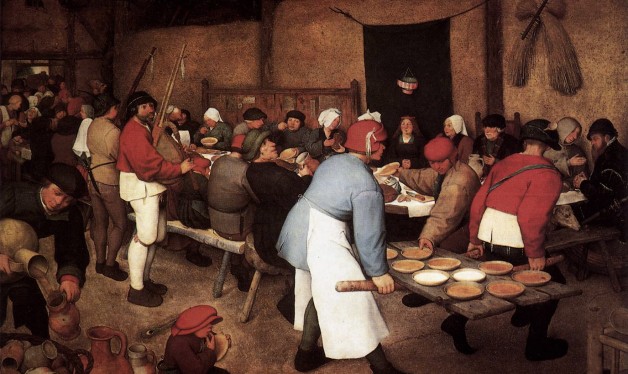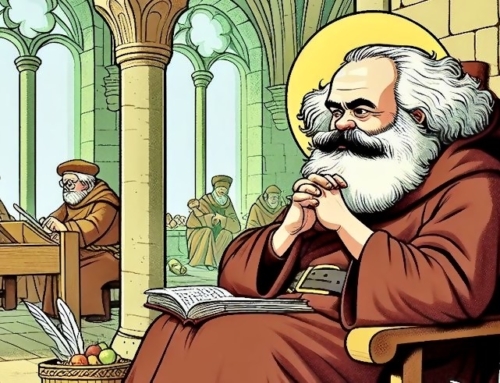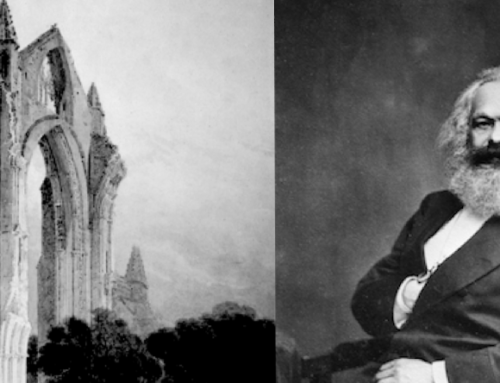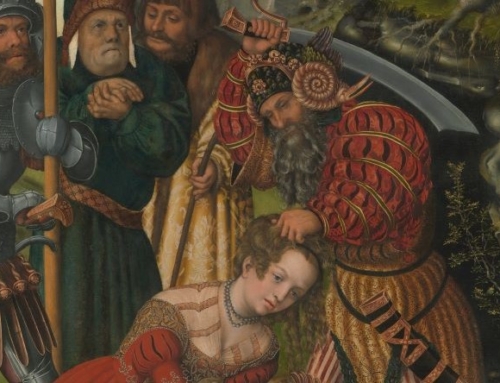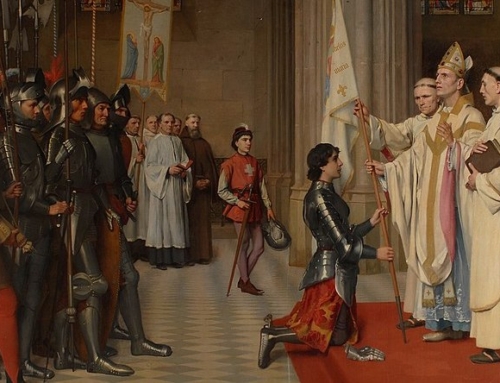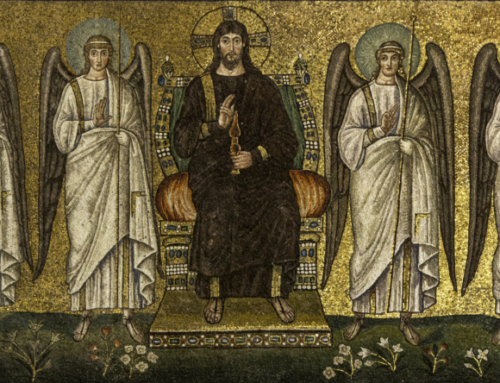Last week, George Weigel suggested here that the Catholic Church in the United States seriously consider whether it should “withdraw from the civil marriage business” by prohibiting her priests and deacons from officiating at marriages for purposes of state law. Such a voluntary refusal to participate in the civil government’s marriage law would, according to Weigel, anticipate government attempts to compel the Church to accept gay marriage. A certain witness value would be lost if she were to wait until State action made it impossible for faithful Catholic clergy to perform marriages recognized by civil law. By acting first, the Church would make a prophetic statement about the growing divide between ecclesial and civil authorities over the definition of marriage.
Weigel notes that there is new cause for alarm in the reelection of a president committed to expanding so called same-sex marriage. While President Obama may or may not attempt to somehow “federalize” marriage, as Weigel fears, the results of the last election cycle do reveal what seems to be a disturbing trend. For example, in Minnesota, a proposed constitutional amendment, defining marriage as between one man and one woman, failed to gain fifty percent of the votes cast. More worrisome were the results in Maine, Maryland, and Washington State, where voters approved ballot initiatives to extend civil marriage to couples of the same sex. The victories by same-sex marriage proponents in these three states mark the first time that voters approved the civil sanction of gay marriage by popular vote. (Seven other jurisdictions have approved same-sex marriage by legislative action or judicial decision.) Aside from any speculation about plans to “federalize” marriage law, these state-level decisions in the most recent election cycle give credence to Weigel’s sense of urgency.
Nonetheless, the Church’s adoption of the Weigel proposal would be pastorally irresponsible. The Weigel plan would require Catholic couples to have two weddings—a civil ceremony and a separate Catholic wedding—in order to secure a myriad of rights and benefits that flow from civil law (for example, property ownership and inheritance). In effect, the Church would become responsible for introducing in this country a practice mirroring that found in certain others—compulsory civil marriage—in which couples contract marriage in a purely civil ceremony and, if they so choose, separately solemnize the marriage in a religious rite. The Church opposes compulsory civil marriage where it exists, and it’s difficult to see why she would want to facilitate the same sort of practice here in the United States.
Moreover, marriage preparation can provide a genuine opportunity for Catholics who have been away from the Church to rediscover the importance of faith in their lives. The Church’s unilateral refusal to allow its marriage ceremonies to take advantage of civil recognition might persuade couples, especially those who have allowed their faith to wane, to forgo the Church’s rite entirely. Here, experience in countries with compulsory civil marriage is instructive. In many European states where a separate civil ceremony is required by law, couples simply forgo any religious ceremony altogether.
Furthermore, the Church’s voluntary refusal to participate in the laws governing civil marriage recognition would be inconsistent with her own vision of cooperation between Church and State in matters of marriage and family. The Church has long recognized the legitimacy of state authority in overseeing the civil effects of an authentic marriage between one man and one woman. While there is clear evidence of a growing divide between the civil definition of marriage and the prevailing, time-honored view reflected in Church teaching, it would seem at best inadvisable for the Church to take unilateral action to widen this division.
Instead of shunning the civil recognition of marriage entirely, perhaps the Church could explore new ways to work with civil authorities to strengthen and preserve marriage. One response might come in the form of support for civil “covenant marriage” legislation. This legislation, currently in effect in Louisiana, Arizona, and Arkansas, offers couples an alternative form of civil marriage designation, characterized by more stringent rules of formation and limited availability of dissolution. Couples in civil covenant marriages waive their access to unilateral no-fault divorce laws and commit themselves, in a document filed with a state registry, to make reasonable efforts to persevere in the marriage should marital difficulties arise. While civil covenant marriage legislation does not mirror the Church’s vision of marriage perfectly, a broader public discussion over such legislation would, at a minimum, give the Church a fresh opportunity to articulate her vision of marriage in public discourse.
In any event, while there can be little doubt that tensions between ecclesial and civil authorities are on the rise, now is not the time for the Church to sever itself from the civil sphere altogether. We have little evidence that the great martyrs of the ancient Church attempted to preempt arrest by surrendering themselves to hostile Roman authorities. There is no reason for adopting a policy of preemption today.
✠
Image: Pieter Bruegel the Elder, Peasant Wedding

